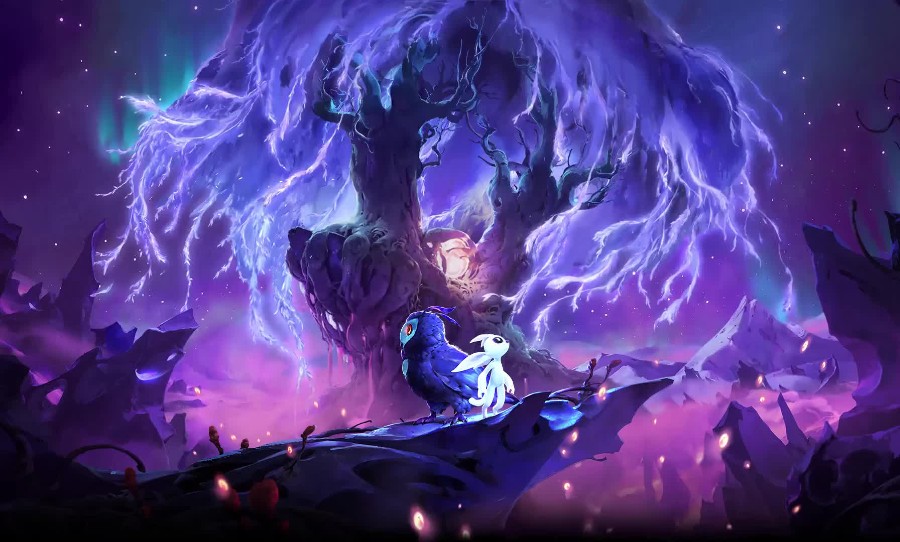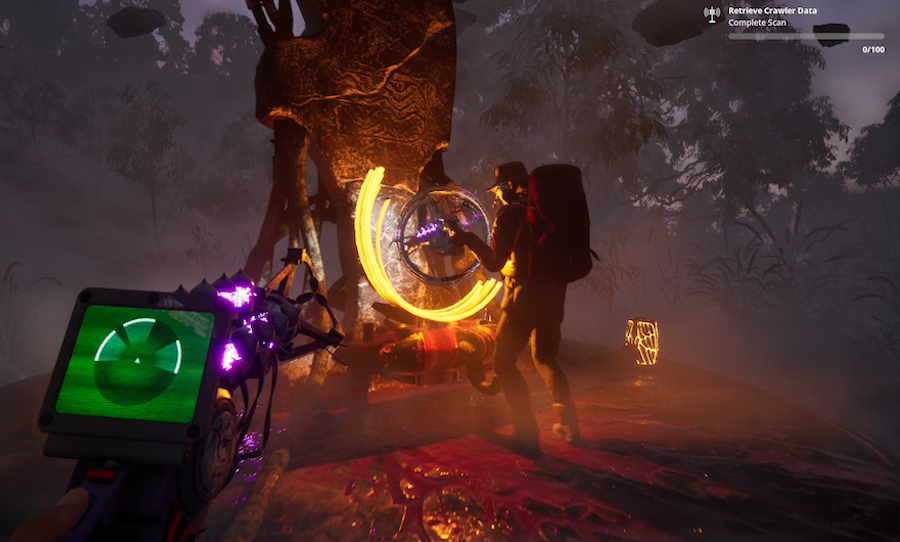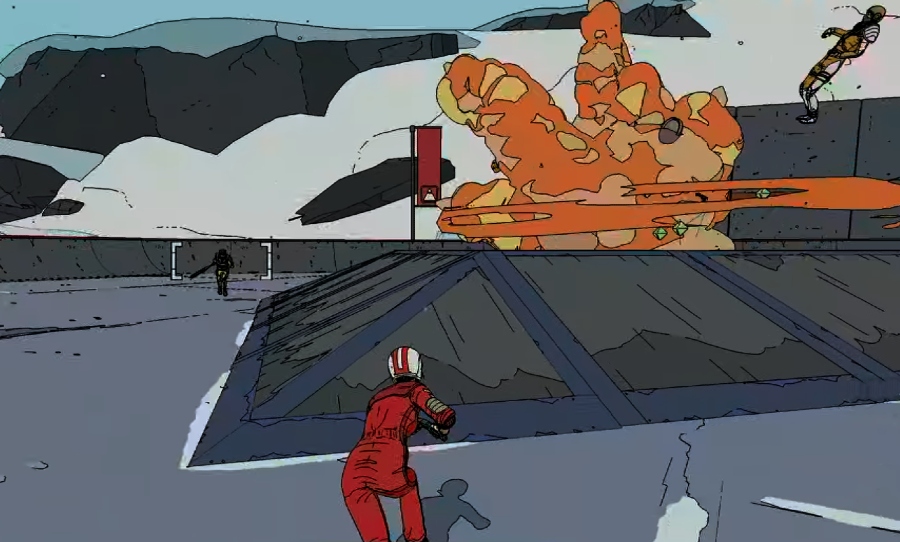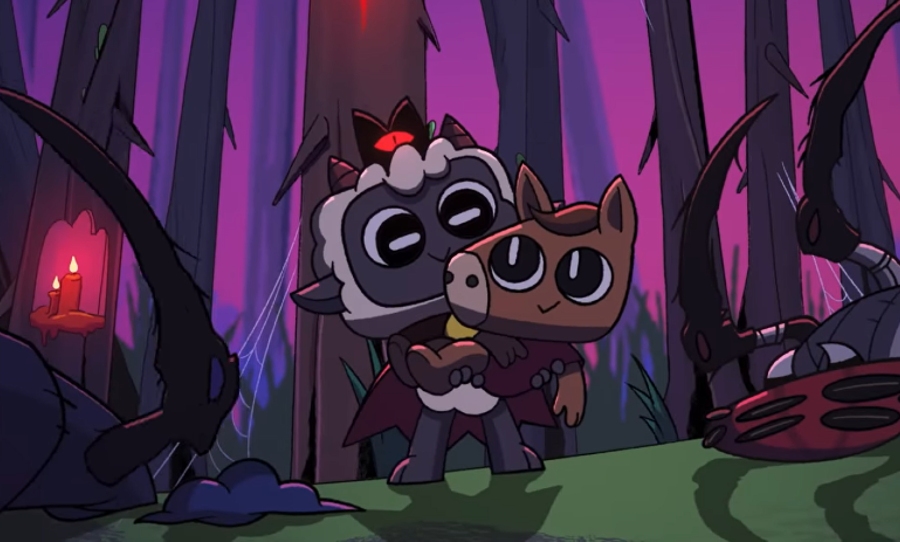The last decade has seen a wealth of indie developers flourish, becoming household names in the gaming community. While they certainly don’t have the financial backing or personnel to pull off AAA titles annually, indie developers have one major player on their side, art direction.
While indie developers have been known to put out AAA level stuff before, their greatest ally is a rock-solid art concept. From platformers to puzzlers, this is the importance of art direction in indie games.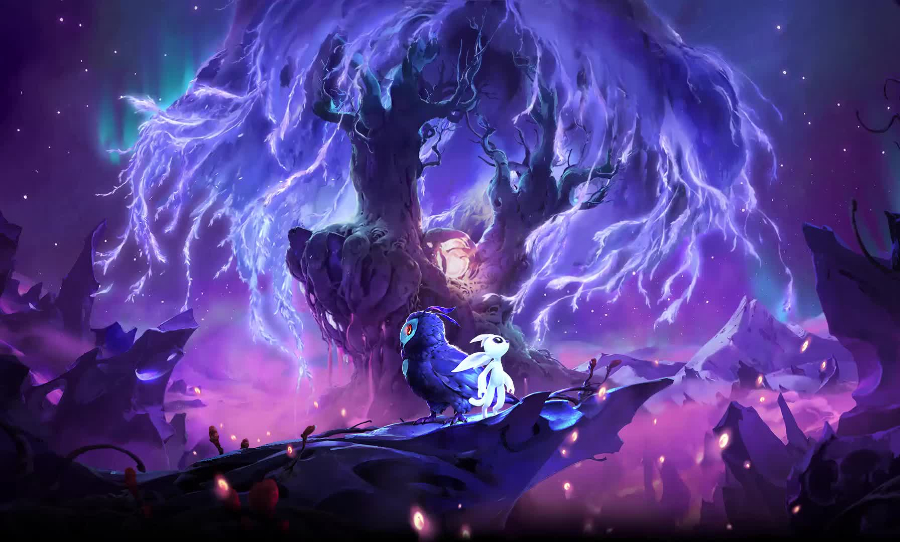
We are living in a golden age of indie games, where a booming industry and committed community have led to the creation of simply world-class art direction.
Everybody loves an underdog, and there is no greater underdog than the indie developer. Just picture it. One person sitting behind a computer, working endlessly overtime to handcraft their passionate vision as they go head to head with faceless gaming giants such as Ubisoft and Electronic Arts.
Until recently, this vision wasn’t feasible and the giant developers had a virtual monopoly on the gaming industry. While that is still very much the case, the indies have seen huge exposure and massive success in recent years due to a boom in the indie gaming community and massive online marketplaces.
While they don’t always have the resources to make massively complex open-world games, indie developers have some of the strongest art direction in gaming history and they still continue to push the envelope.
What is art direction?
In the distant past, games were created on very limited hardware space. As a result, game design was about the art of writing as little code as possible in order for the game to fit into minimal memory.
This meant graphics were simply designed and interactions were limited. Naturally, as hardware advanced, game designers had more ability to tell stories, and as a result, the graphics became more sophisticated.
Nowadays, game and art design has become a completely different field to those who procedurally generate the game’s code. This allows people to solely focus on the aesthetic of a game. This has led to some truly magnificent titles.
As indie games reach a more mainstream market, their hook, line and sinker is fantastic art direction, often basing games on a single strong artistic concept.
Limbo and Inside
Danish indie developers Playdead made huge waves in 2010 with Limbo, a mysterious and often sinister 2D platformer set in a world of shadows. Running from giant spiders, solving physics-based puzzles and occasionally meeting a gruesome death.
With no dialogue, text or backstory it was amazing how much you cared for the boy and endeavoured to see his journey through. This meant that the game’s success was almost solely a result of its stunning, monochromatic art direction.
This success and attention to detail were amplified in 2016 with the release of Inside which followed suit by painting a bleak world of faceless characters and insidious corporations. Inside won the D.I.C.E Award and Game Award in 2016 for Best Art Direction.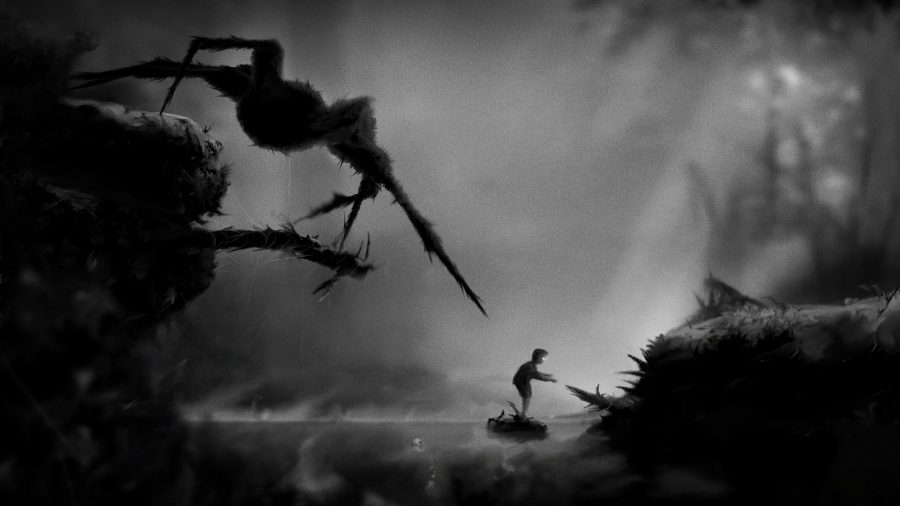
Cuphead
While the well-worn formula of run-and-gun platformers was considered to be outdated, Studio MDHR – a family-owned and operated developer – made a universal sensation in 2017 with Cuphead.
Drawing heavily upon the music and design of 1930s cartoons, big-band jazz, and the artistic pioneering of Walt Disney, it was an immediate and chart-smashing hit. Each frame is striking and meticulously hand-drawn. This means that that 24 frames per second were sketched, giving it a classic feel, while the game runs at a smooth 60fps. Cuphead’s incredible attention to detail, period-correct design and notorious difficulty have made it a staple for art direction done right.
Dear Esther
While often criticised (or praised) as a walking simulator, Dear Esther is an experience like no other. This ethereal literary experience features you exploring an uninhabited Scottish Hebridean island, as you search for your presumably dead wife, Esther.
The tormented narration becomes increasingly harrowing as you plunder the island’s deepest secrets, and reach a climactic ending steeped in metaphor and interpretation. Feeling straight out of an Ernest Hemingway novel, the art direction is hugely impressive and recieved high critical acclaim upon release.
Ori and the Will of the Wisps
In stark contrast to Limbo, the critically acclaimed 2015 Metroidvania masterpiece Ori and the Blind Forest and was particularly striking for its original, richly coloured art direction that felt like a liquid, flowing painting.
Five years later the sequel, Ori and the Will of the Wisps elevated the art direction of the game markedly, with improved lighting effects and a more powerful processing engine. It’s very rare that the world of a 2D platformer responds to you in a fluid, natural way. Water splashes around your feet, branches bend and fling, leaves glide, and vines swing as you progress through the world.
Moreover, the noticeably improved movement mechanics make the world feel all the more fluid and lifelike as you ping off projectiles, glide through the air, or speed underwater. Truly an astonishingly beautiful indie game that has to be seen to be believed.
Art direction is the indie developer’s most powerful tool. Like David’s sling, it has the power to topple the monetary muscle of the gaming industry giants and prove just how artistic gaming can be.
